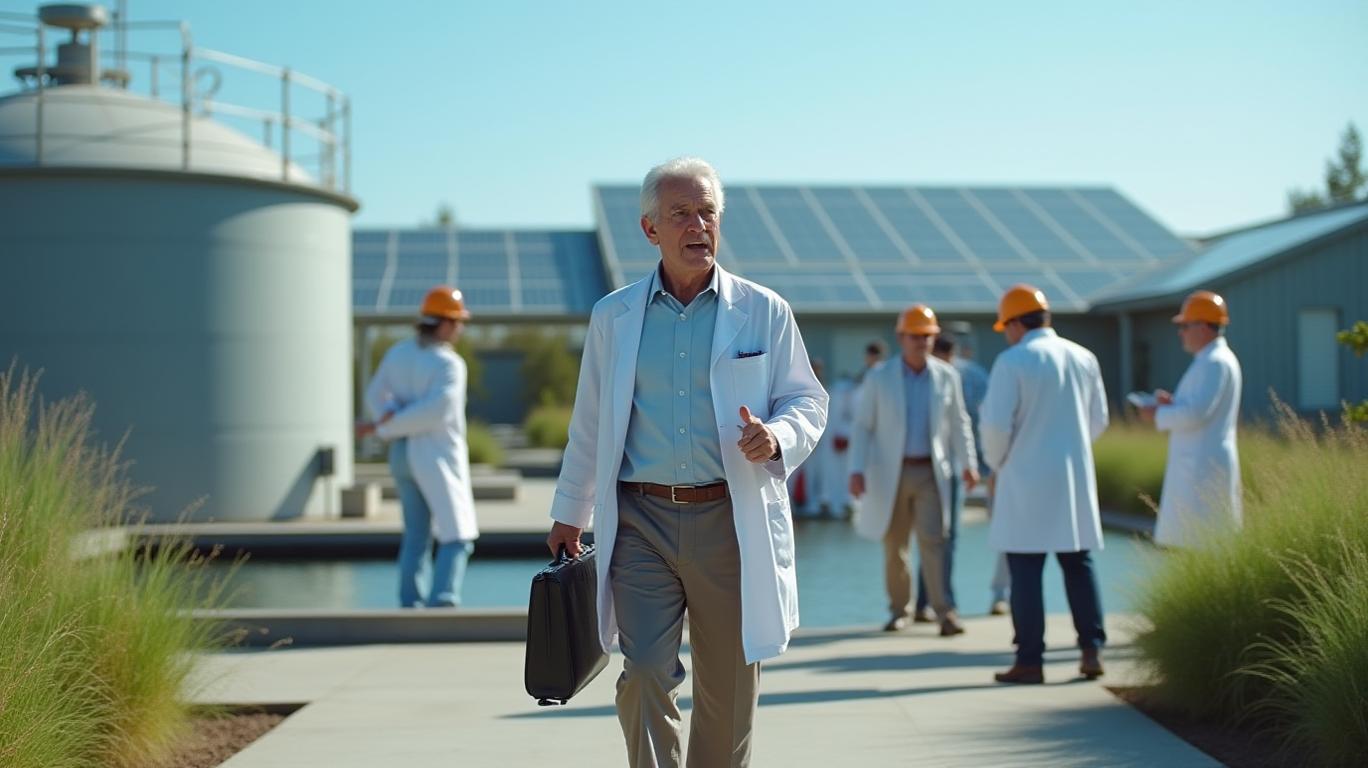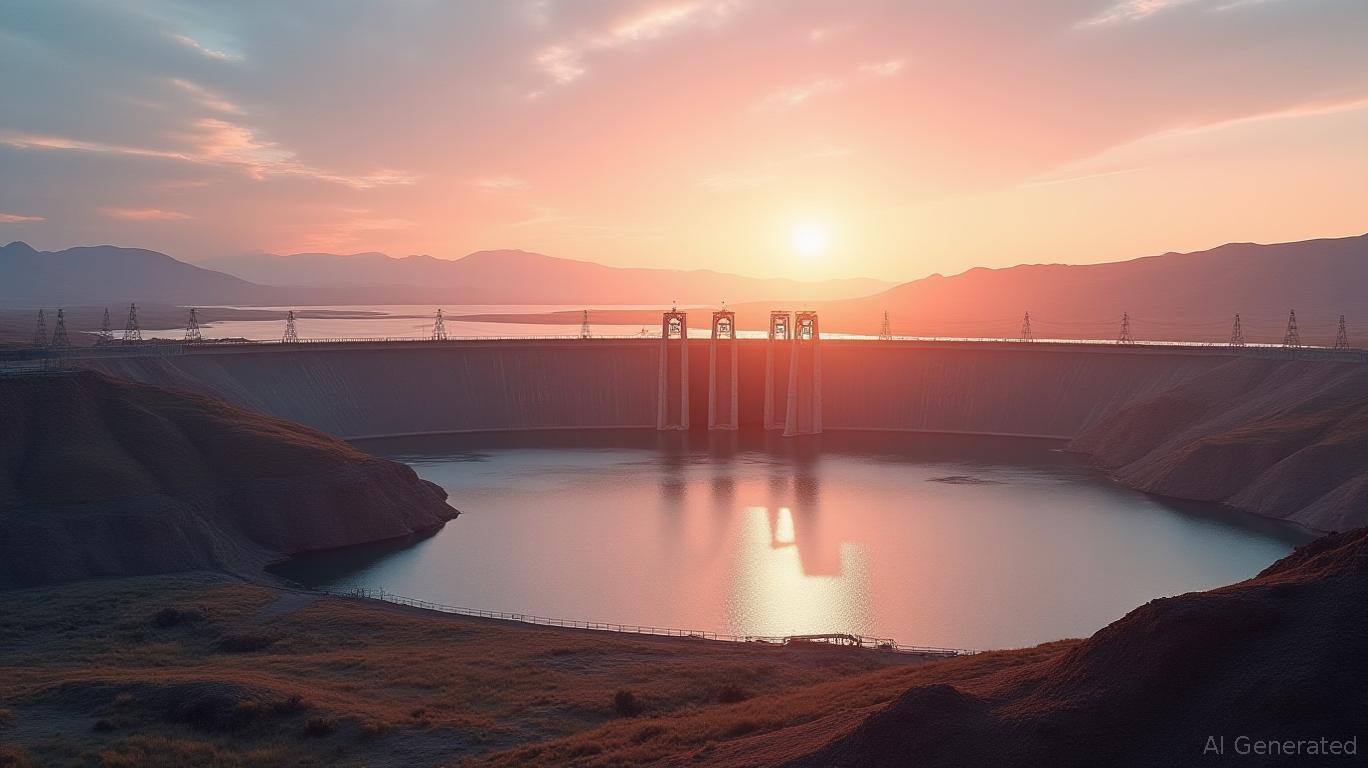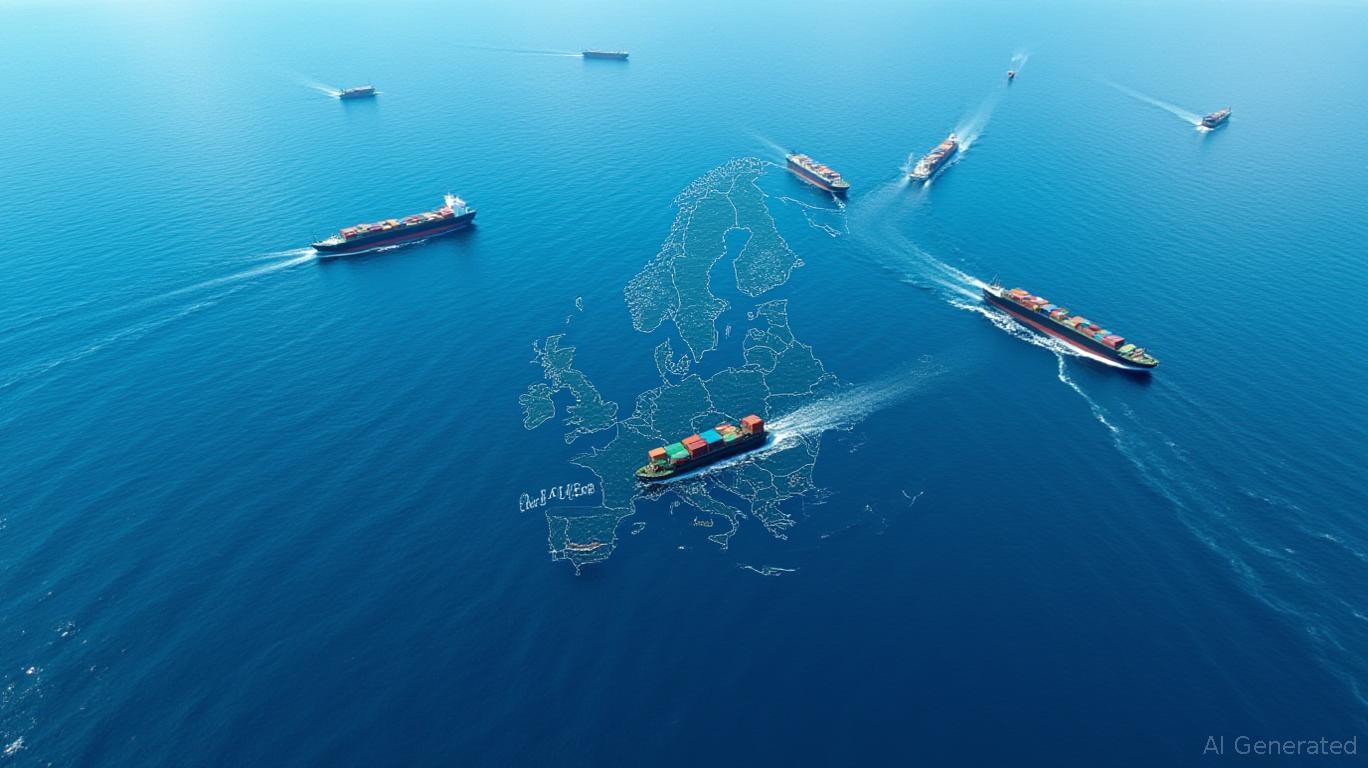Jacobs: A Hydraulic Engineer’s Playbook for Water Resilience in a Thirsty World
The global water crisis is no longer a distant threat—it’s a present-day reality. Southern California, a region perpetually teetering on the edge of drought, has become a proving ground for innovative solutions to water scarcity. Into this arena steps Jacobs Engineering Group (NYSE: JEC), which has secured a landmark contract to operate and maintain the Edward C. Little Water Recycling Facility and four affiliated plants—the largest water recycling system of its kind in the U.S. This deal isn’t just about infrastructure; it’s a blueprint for how engineering firms can monetize the world’s thirst for sustainable water management.
The Scale of the Challenge—and the Opportunity
The Edward C. Little facility, at the heart of Jacobs’ new mandate, produces 40 million gallons of recycled water daily for 600 municipal, industrial, and commercial users in Los Angeles County. What sets it apart is its ability to generate five distinct water types—from irrigation water to boiler feedwater—tailored to precise end uses. This “fit-for-purpose” approach isn’t just technologically advanced; it’s economically transformative. By reducing reliance on imported water and curbing seawater intrusion, the system directly addresses Southern California’s existential water vulnerability.

The Digital Edge: How Jacobs is Future-Proofing Water
Jacobs’ secret weapon here isn’t just brute engineering capability—it’s Digital OneWater, their proprietary software suite. This system optimizes chemical use, energy consumption, and operational efficiency, turning the facility into a lean, sustainable machine. The result? Lower costs for customers, reduced environmental impact, and a model that can be replicated globally. For investors, this isn’t just about a single contract; it’s a peek at how digitization is rewriting the rules of water infrastructure.
The stakes are high, but so are the rewards. Jacobs’ $12 billion annual revenue and 45,000-strong workforce provide the scale to execute such projects, while their track record—like the Pure Water Project and Donald C. Tillman facility—proves they can deliver on complex water reuse and desalination.
Why This Matters for Investors
The Edward C. Little contract is a five-year guarantee of stability for Jacobs, but its real value lies in its strategic implications:
1. Market Leadership: By showcasing their ability to manage large-scale, technologically advanced water systems, Jacobs positions itself as the go-to partner for governments and corporations in water-stressed regions like the Middle East, Australia, and India.
2. Sustainability as a Profit Center: The push for “green” infrastructure—backed by trillions in global climate funding—means firms like Jacobs can charge premiums for projects that blend efficiency with environmental stewardship.
3. Scalability: The Digital OneWater system isn’t just a tool for this facility; it’s a product Jacobs can license or integrate into future projects, creating recurring revenue streams.
Risks and Realities
No investment is risk-free. Southern California’s political climate could shift funding priorities, and regulatory hurdles always loom. However, Jacobs’ diversified portfolio—spanning transportation, defense, and energy—buffers against overreliance on any single project.
Conclusion: A Drop in the Bucket, or a Floodgate?
Jacobs’ Southern California project is a gold standard for water resilience. With a facility that serves 600 clients daily, leverages cutting-edge digital tools, and addresses existential regional needs, this isn’t just a contract—it’s a template.
Consider the numbers:
- 40 million gallons/day of recycled water reduces Southern California’s water import dependency by an estimated 15% for participating cities.
- Jacobs’ Digital OneWater could slash operational costs by 20-30% compared to traditional methods, according to internal estimates.
- The global water infrastructure market is projected to hit $1.2 trillion by 2030, with water reuse technologies alone expected to grow at a 6.8% CAGR.
For investors, Jacobs isn’t just a play on a single deal. It’s a stake in the future of water—a future where scarcity meets ingenuity, and where firms that solve the world’s thirst will thrive. The question isn’t whether this matters; it’s whether you can afford to ignore it.


_442a2dcc1749832873286.jpeg)
_e68fac6d1749831664430.jpeg)






